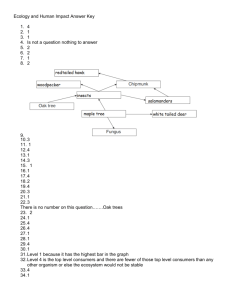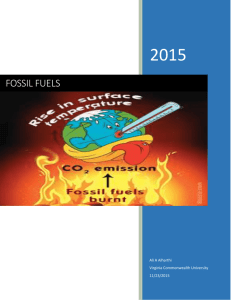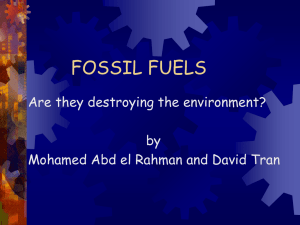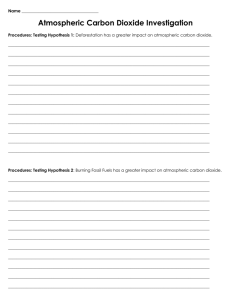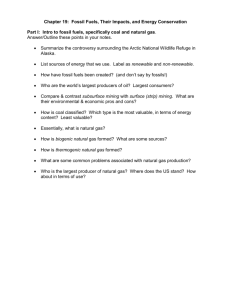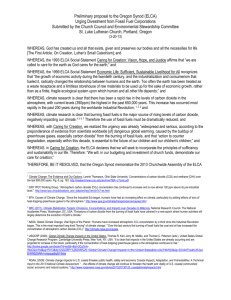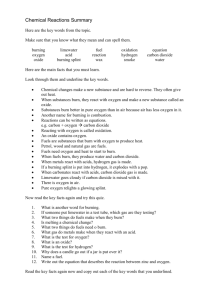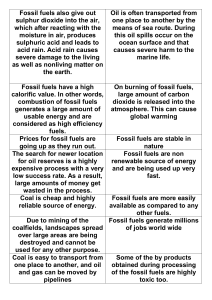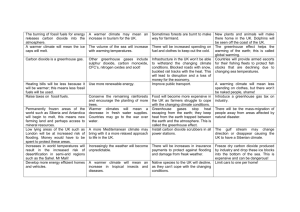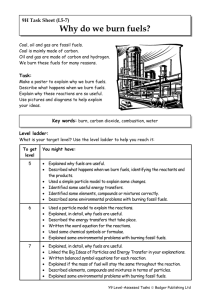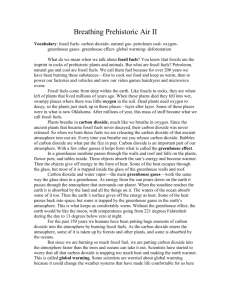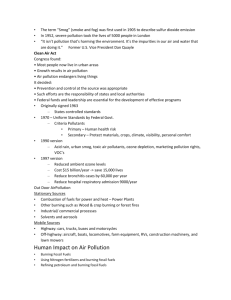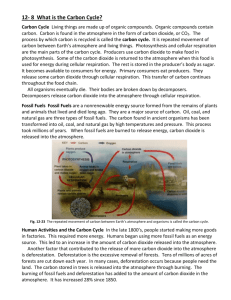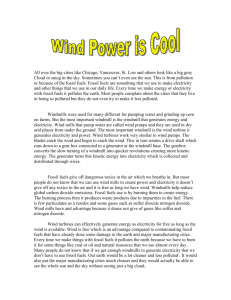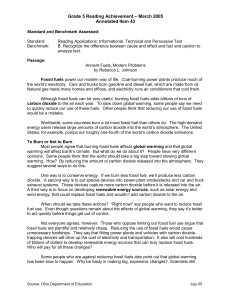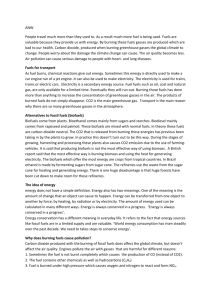Notes on Unit 7F Simple Chemical Reactions
advertisement
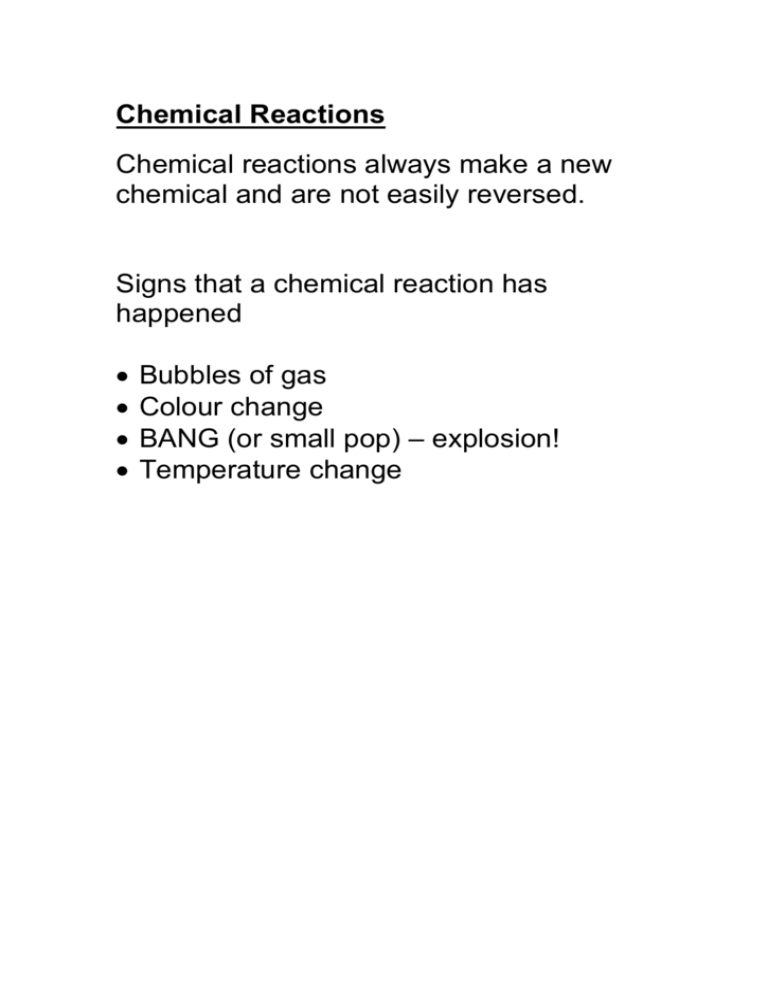
Chemical Reactions Chemical reactions always make a new chemical and are not easily reversed. Signs that a chemical reaction has happened Bubbles of gas Colour change BANG (or small pop) – explosion! Temperature change Acids and Metals When a metal is put into an acid, bubbles of hydrogen gas appear. The Test for Hydrogen Hydrogen goes POP when you put a lit splint into it. Chemical Reactions The chemicals are called reactants before a reaction. The new chemicals that are made are called products. What are the products made in our metal and acid reactions? We can write the reaction down in a chemical ‘sum’. Sulphuric acid + zinc Sulphuric acid + magnesium Nitric acid + zinc Nitric acid + magnesium Hydrochloric acid + zinc Hydrochloric acid + magnesium Acids and Carbonates When you put acid onto carbonates, it makes bubbles of carbon dioxide gas. The Test for Carbon Dioxide Carbon dioxide makes limewater turn milky. Burning Burning is a chemical reaction. Burning is sometimes called combustion. A burning reaction can be called a combustion reaction. Burning uses a chemical called oxygen, which is found in the air around us. Burning always makes new chemicals called oxides. Fuels Fuels are chemicals that burn in oxygen to give out heat. Examples of fuels Coal Gas Wood Paper Fossil Fuels Examples Methane gas Coal Oil Fossil fuels were made millions of years ago from dead plants and animals. Fossil fuels contain lots of carbon. Fossil fuels produce carbon dioxide and water when they burn. We can write this as a word equation. Fossil fuel + oxygen carbon dioxide + water


